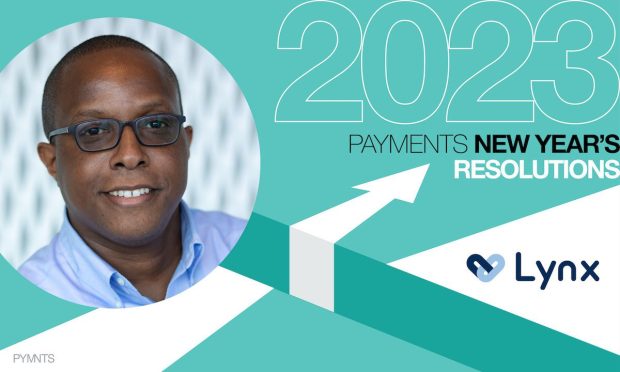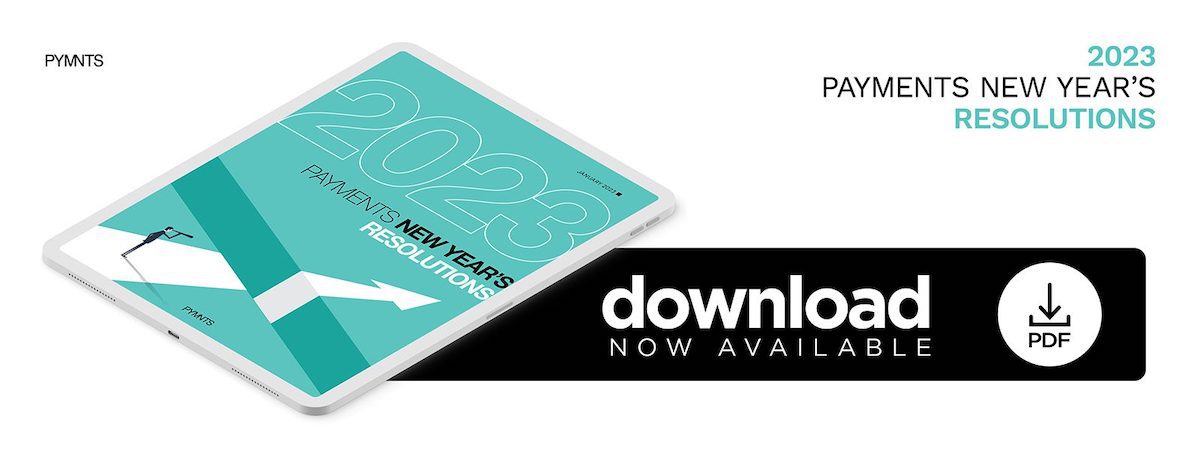Lynx: Healthcare Payments Need to Work for Patients and Providers

Healthcare payments should be timely, seamless and doable to improve the experience for both consumers and providers, Lynx Co-Founder and Chief Information Officer Ken Abel writes in the new PYMNTS eBook, “2023 Payments New Year’s Resolutions.”
As 2023 begins after a year of economic turmoil, inflation and unpredictable consumer behavior, one thing is certain — payment transactions will remain an essential function of society. At Lynx, we’re focused specifically on healthcare payments, and despite the chaotic economic backdrop, people will continue to seek care, access their HSAs, fulfill prescriptions, purchase health products and more. With an understanding of the longstanding shortcomings of healthcare banking and payments, there are a few key functions that will become more pressing in an uncertain economic landscape:
Improving the timeliness of health insurance payments to providers
Currently, payments are made from health insurance companies to providers 30 days after the date of service — at best. Because health insurance companies have processes that require claims reconciliation and quality control, there is a time lag between when a physician renders service and when the hospital or clinic is paid. This extended timeline impacts cash flow for providers, which already struggle with cash flow in the same way many small businesses do. Providing organizations access to improved invoicing, banking and payment technology can increase the transparency around payments and claims processes for both payers and providers to shorten the time between service and payment. We recognize the increasing importance of improved cash flow for providers in today’s economy and how it directly translates to simple functions like hiring and paying critical staff or investing in improved technology.
Implementing more seamless payment acceptance offerings for healthcare consumer payments
When consumers are invoiced for their healthcare services, they are typically limited in how they can submit their payments. For example, sometimes credit card payments aren’t accepted, as some institutions only accept cash or check. These limitations increase the likelihood of payment delinquency by making it even harder for consumers to submit. Making it easier for people to pay for their care services is essential to a functioning system. Modern FinTech designed for the nuances of healthcare enables organizations to be flexible in their optional payment acceptance.
Providing healthcare consumers with financing and other forms of credit to reduce bad debt in healthcare medical payments
This will become increasingly important in an economy where people struggle to make ends meet. After resolving constraints related to payment method limitations for consumers, the underlying issue becomes care affordability. It’s great if we could give people more options for how to make a payment, but some can’t afford to pay it all. Modern FinTech can enable health plan sponsors to offer financial assistance resources, such as financing, earned wage access, and other credit options to help make care more affordable for individuals.


